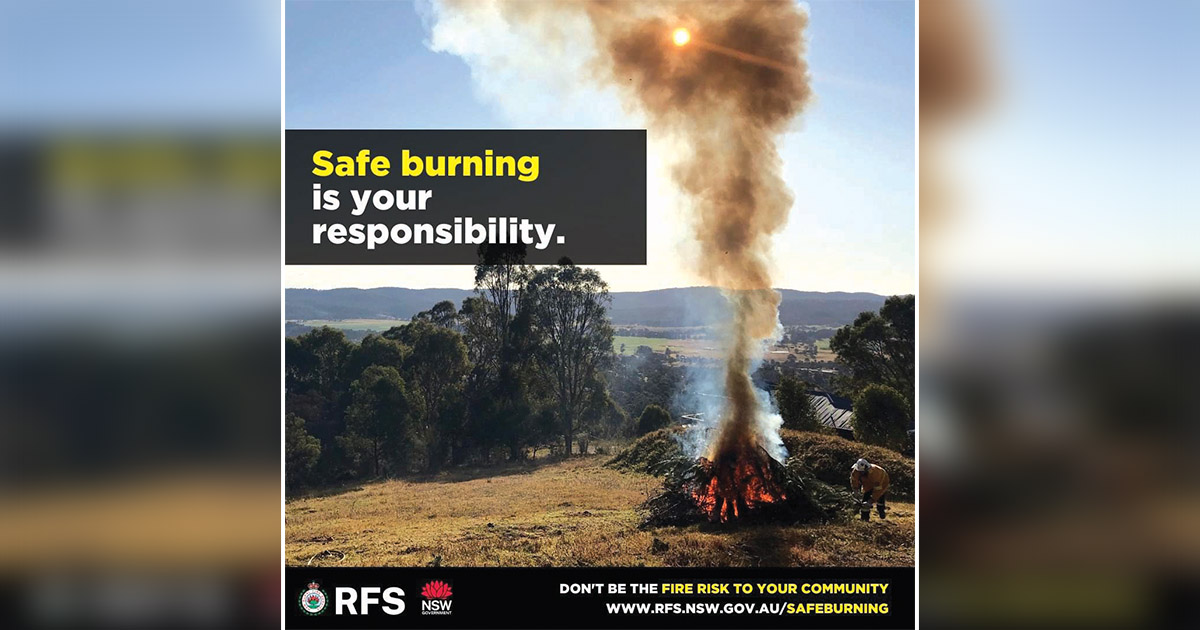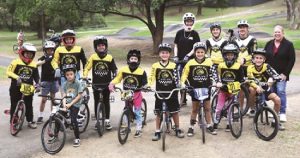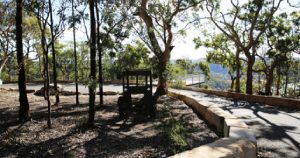
The Glenorie Rural Fire Brigade promotes safe pile burning to manage vegetation waste and reduce bushfire risks, offering guidance and education for responsible practices.
⇒ BEFORE
1. Check you’re allowed to burn
Contact your council or local Fire Control Centre to determine if burning is permitted in your area.
2. Obtain a Fire Permit
Fire permits are required during the Bush Fire Danger Period (generally October 1st – March 31st) to ensure safe fire management. They impose conditions on how fires are lit and maintained and inform authorities when and where landowners intend to burn, allowing for appropriate fire control measures. To apply for a permit, visit the RFS website: https://nswrfsprod.service-now.com/guardian_csp
3. Notify Others
RFS Notification
At least 24 hours before burning, notify the RFS of your intent to burn via the RFS website at www.rfs.nsw.gov.au/notify
Neighbour Notification
Notify any adjoining neighbours (including those separated by a road, lane, or waterway) at least 24 hours before burning, unless otherwise specified in your permit.
⇒ ON THE DAY
1. Check weather conditions
Before burning, check the fire danger rating, wind, and temperature. Permits may be suspended during bad conditions. On Total Fire Ban Days, the lighting of fire is prohibited, and your Fire Permit will be automatically suspended. Suspended Fire Permits may resume after the Total Fire Ban is lifted.
2. Follow Permit Instructions
Ensure you’re using fire safely by adhering to any special conditions on your permit. Maintain a clear area around any material you’re burning and monitor conditions closely.
3. Be Prepared for Emergencies
If the fire gets out of control, call Triple Zero (000).
⇒ AFTER
1. Extinguish and Monitor
Completely extinguish the fire and continue monitoring the area for any signs of reignition. Call Triple Zero (000) if there are any concerns.






